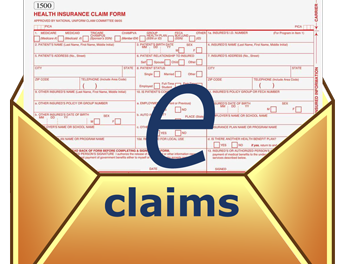Patient Insurance and Verification process

Whenever a patient goes to see a doctor, the insurance information is collected from the patient which is considered an important data element for preventing any kind of delays or denials.
Even if the patient goes for a timely checkup or a pre-scheduled appointment, the patient’s insurance information is collected. In the case of a returning patient, the insurance which was specified by the patient before is verified in the records. If it’s a first-time patient then it’s critical to collect the signed copy of the HIPAA consent form.
So, now the first step is to collect the patient’s insurance information and the verification of the Patient’s insurance. However, the verification process is not always straightforward and smooth, so it is always advisable to allow enough time to complete the insurance verification process.
Below are the details that we need to collect for the patient’s insurance:
1. Name
2. Date of Birth
3. Name of the Insurance Company
4. Primary Insurance plan holder’s name and their relationship to the patient.
5. Policy Number and group ID number of the patient.
6. Phone Number and address of the Insurance company.
It’s also necessary to ask about the patient’s secondary insurance. If the patient holds any policies, then all the above steps need to be completed for each policy.
When the patient visits the doctor’s office or hospital, he/she will present his insurance card or provide his policy number and insurance provider details. The insurance card has all the information (stated above) which is needed by the hospital to get payment from the payer. Here, are some of the samples for insurance card for your reference:


Verification process
The best practice to start the verification process is to start as early as possible, preferably 72 hours before a patient’s initial visit to make sure that you have all the information collected before the patient walks through the doors. Typically, the payers can be contacted over the phone. It’s the simplest way of verification where you retrieve the patient information from the records, find the insurance carrier’s phone number, and reach out to them. Once you have someone on the line, make sure it’s a representative from the insurance provider as some of the payers have lines exclusively for hospital admissions or referrals. Once it’s confirmed that the person on the other side is the representative from the insurance provider, you will need to provide some information about your practice to establish that it is a HIPAA secure exchange. After that, the representative will ask for some information about the patient in order to locate the correct policy.
Gathering of Information
Once the Insurance representative is on the other side of the line, you can now start the verification process by gathering the mandatory details that would be helpful in avoiding claim denials. Some of the mandatory things that you need to record are as follows:
- What are the policy number and group number of the patient?
- What is the name of the policyholder and the relationship of the policyholder to the patient?
- What is the claims address?
- What is the end date of the policy?
- What is the number of policy visits left for the patient this year?
- What is the copay and/or coinsurance for the patient?
- What is the patient’s deductible?
- For reimbursement, is there any necessity of medical certificates or physician referrals or pre-authorization?
- Are there any limitations with respect to coverage that needs to be accounted for?
So, this is all about the patient insurance card and verification process of insurance by the hospital/doctor’s office.




